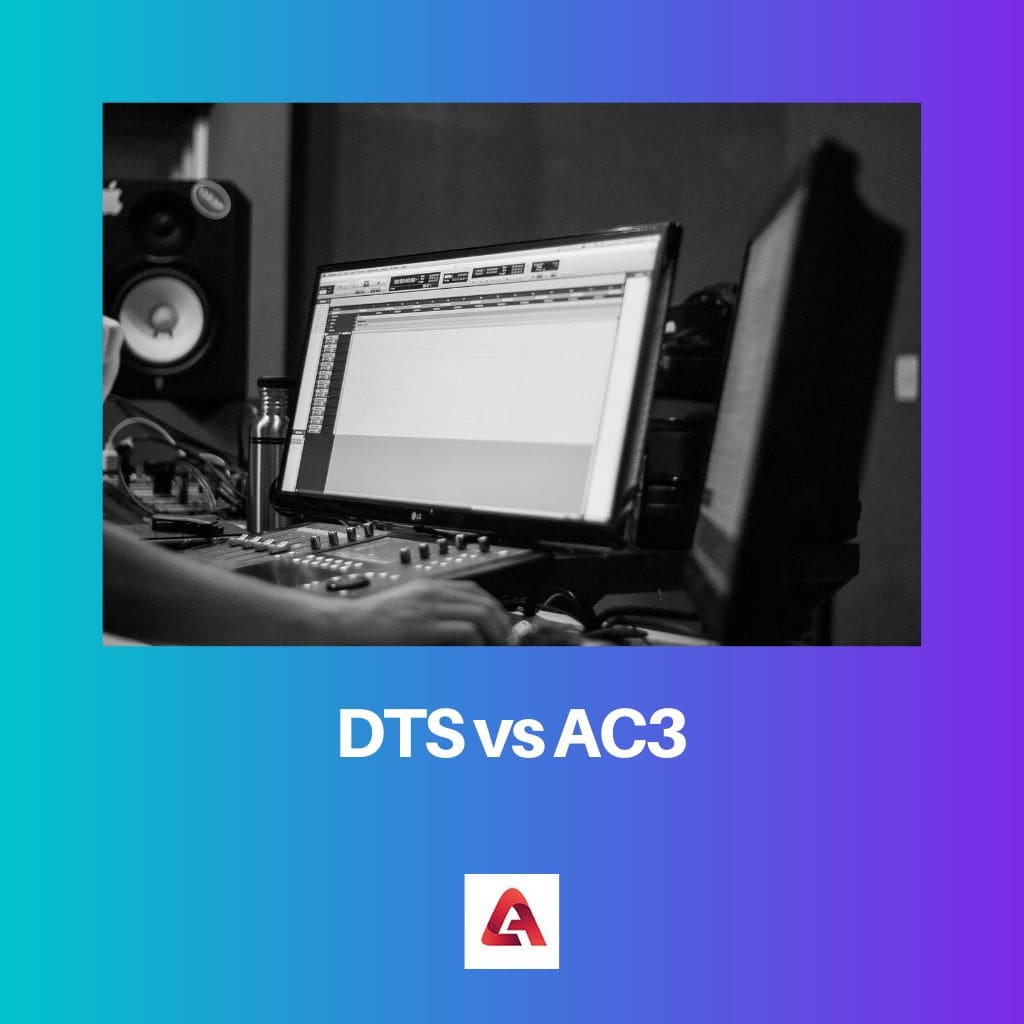Every digital product, like movies, songs, dramas, etc., goes through some technical work before release. These technical procedures are essential to make things more soothing.
While shooting, there are various noises, or sometimes the voice is low or not up to the mark, for which various sound systems have been introduced to make the content more audible.
In the digital world, many sound systems are used to improve the quality of content, enabling the viewer or listener to listen to things more clearly and loudly.
Using such sound-enhancing technologies is helpful for audiences in theatres as the base enhances with loud voices and makes the audience feel more.
Key Takeaways
- DTS (Digital Theater Systems) and AC3 (Dolby Digital) are competing surround sound formats for movies and home theaters.
- DTS provides a higher bit rate, which may result in better sound quality but larger file sizes.
- AC3 is more widely adopted and requires less storage space but may have slightly lower sound quality due to the lower bit rate.
DTS vs AC3
DTS uses a higher bitrate and less compression to produce higher quality audio in movies etc. DTS files are larger, making storage difficult.As an audio encoding technology, AC3 uses less bitrate, resulting in low sound quality. AC3 has a smaller file size, it is useful for single-user applications.

Comparison Table
| Parameters of Comparison | DTS | AC3 |
|---|---|---|
| Company | DTS | Dolby digital laboratories |
| Encoding bit | 8 to 512 kbps per channel | 192 kbps |
| Sound quality | Good | Better |
| Loud | More loud | Less loud |
| Used mostly | In theatres | On DVDs and CDs |
What is DTS?
DTS stands for Digital theatre system and is a company that makes multichannel audio technologies for films and videos; by enhancing the sound quality of it, this company specializes in digital surround sound systems.
DTS company is based in Calabasas, California and was introduced in 1993 as a higher quality competitor to Dolby Laboratories and undoubtedly accomplished the goal of being better in the market.
DTS is also known as their technology. The technology makes audio loud and clear, making films appropriate for the theatre audience for the people who have home theatre.
DTS has a working system in which six different audio channels are encoded onto one or two CDs. In theatres, many decoders and CD players enable the separation of the sound onto different speakers as per the need.
DTS uses higher bits, making the sound quality more appreciable; for the home theatre version, the most appropriate version is 5.1- channel audio, which gives the exact cinematic feel to the audience with speakers and subwoofers.
What is AC3?
AC3 is the audio compression technology Dolby Digital introduced, also known as Dolby AC3. This technology is developed under Dolby Laboratories.
AC3 is appropriate with home theatre equipment, and quality is transparent to lossless if 640k 5.1 channel audio is chosen. It is a file extension for the sound format used on DVDs.
AC3 provides a 5.1 audio channel comprising five total channels and one low-frequency effect channel, giving the viewer an immersive feeling.
AC3 can operate sound frequency from 20 to 20,000 Hz, equivalent to a human’s audible frequency. This refers to the spectacularity of sound effects.
AC3 is widely used on DVDs but is merely used in other respects. It supports 7.1 audio channels in CDs, and at maximum, it supports 5.1 audio channels with a limit of 448Kbps. And the bitrate of AC3 on DVDs is up to 640Kbps.

Main Differences Between DTS and AC3
- DTS takes more space than AC3.
- DTS is clear and sharper than AC3.

The technology behind sound systems is truly fascinating and important for the movie industry.
Absolutely, the advancement in sound technology has definitely enhanced the overall movie-watching experience.
I never realized the complexities involved in making audio quality suitable for different platforms. It’s quite intriguing.
I appreciate the detailed comparison between DTS and AC3, it’s very helpful.
Yes, it’s great to understand the technical aspects of sound systems and how it impacts the audience experience.
The comparison table provided a clear breakdown of the differences between DTS and AC3. Very informative!